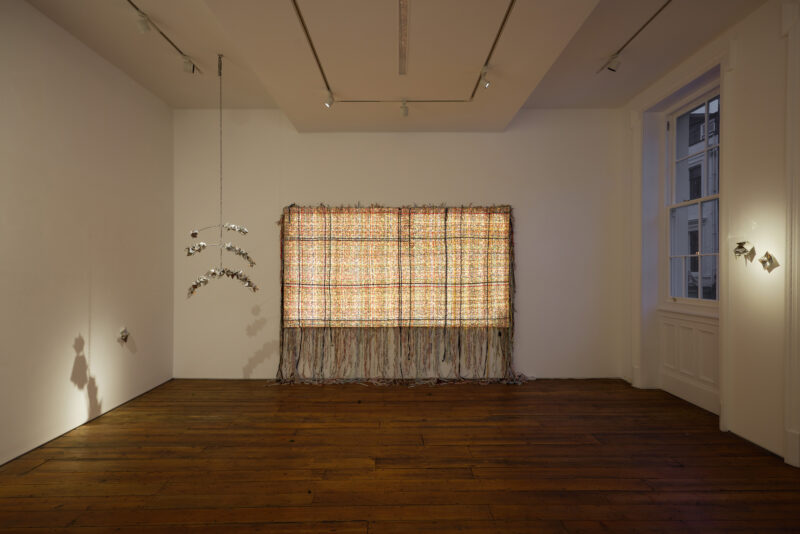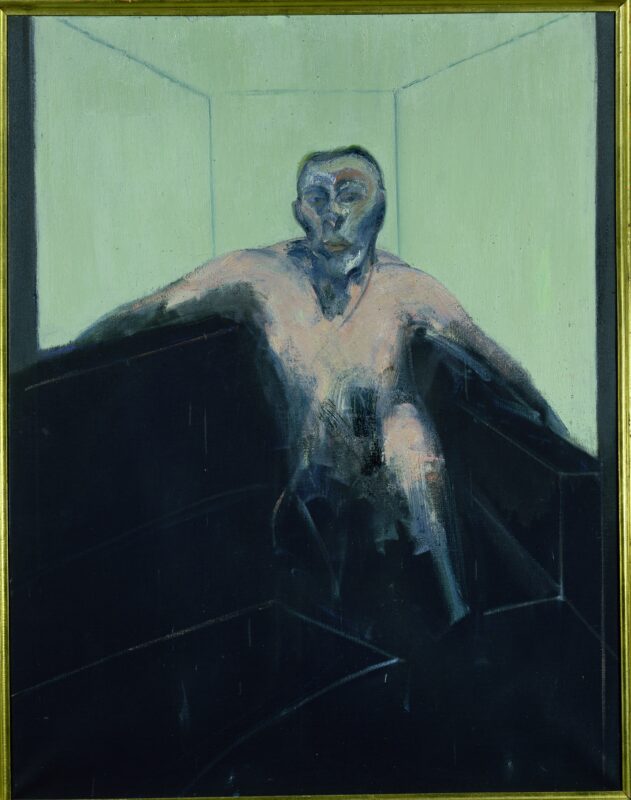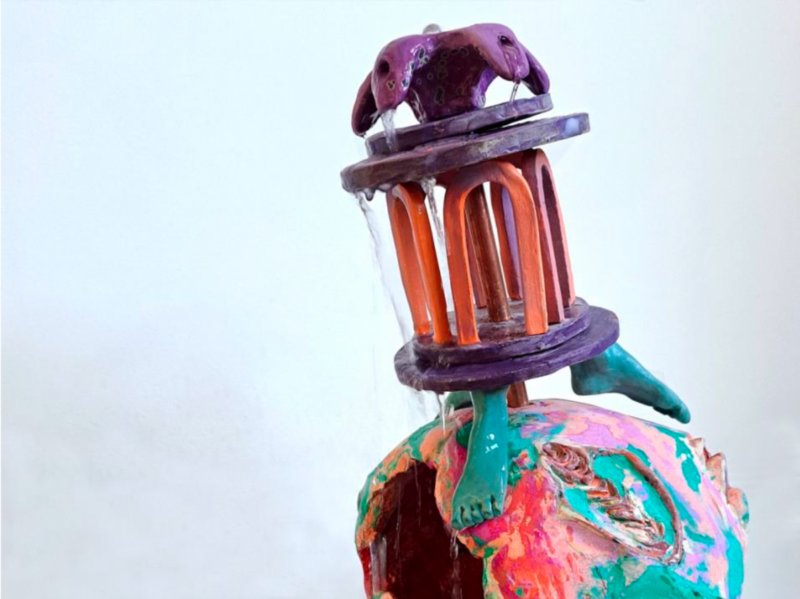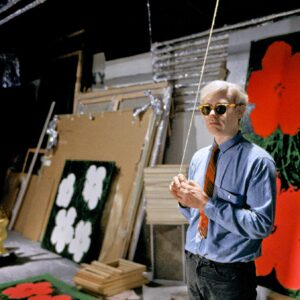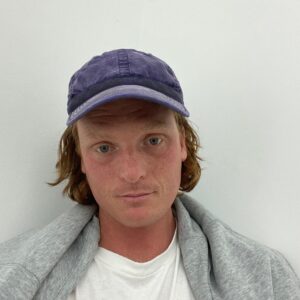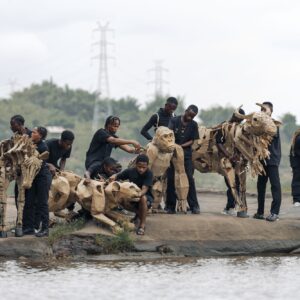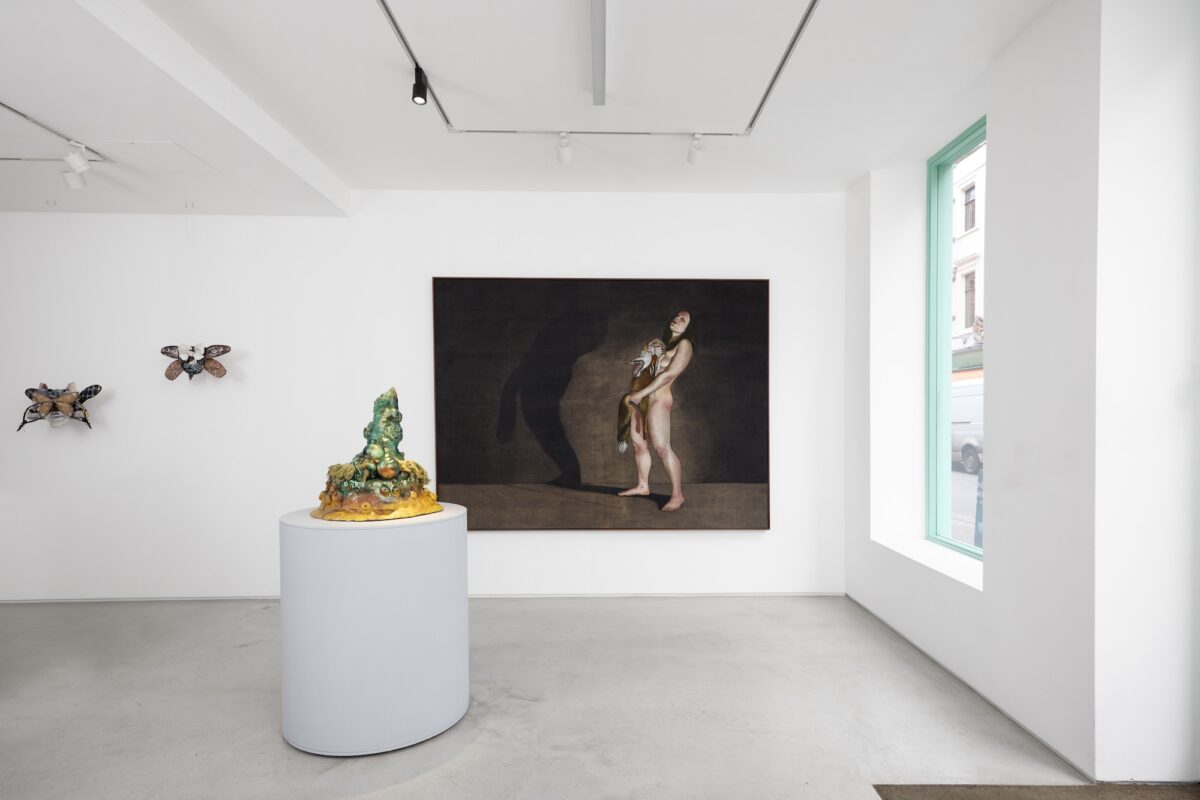
Soho Revue has opened La Mariposa (The Butterfly Woman), a group exhibition curated by
Becca Pelly-Fry (fresh from her success at London Art Fair).
Inspired by Clarissa Pinkola Estés’ seminal work Women Who Run with the Wolves, this exhibition celebrates the strength, intuition, and transformative power of the divine feminine through the lens of contemporary art.
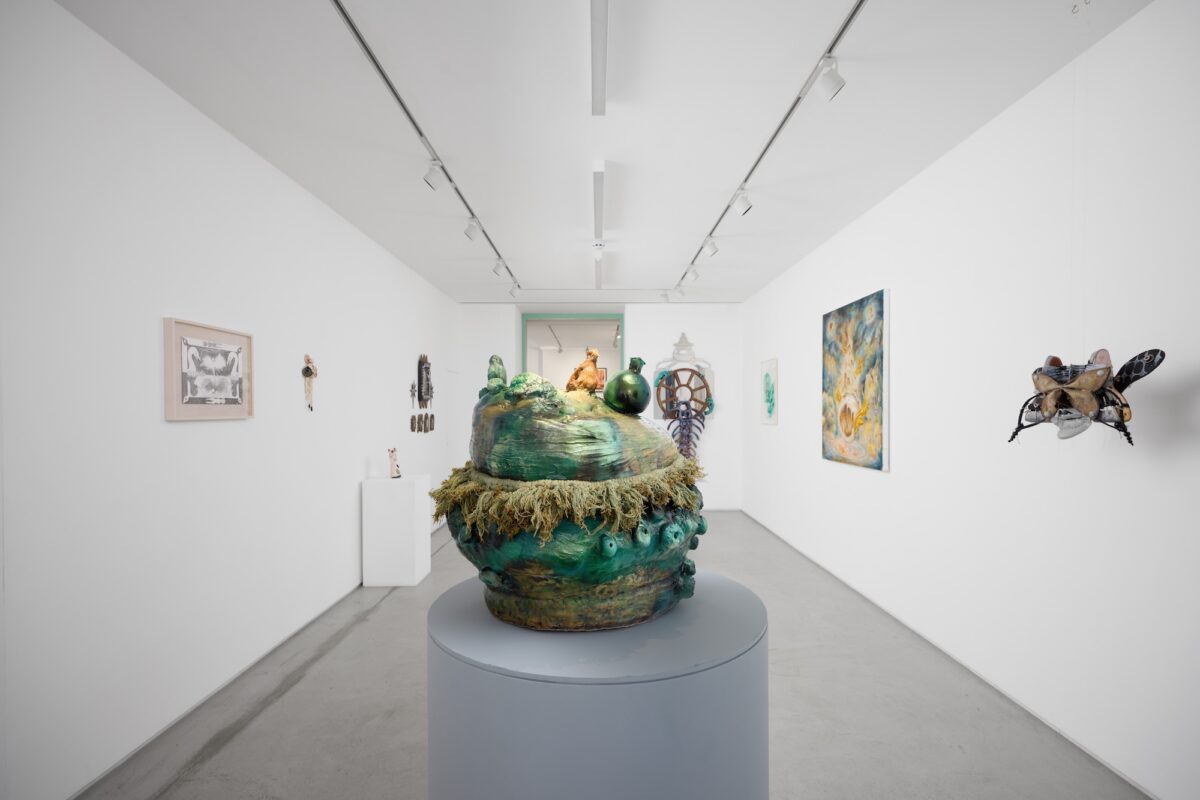
The exhibition brings together twelve artists working across disciplines, each engaging with mythology, ritual, and the reclamation of agency. Through bold feminist, anti-colonial, and anti-capitalist perspectives, they weave narratives that challenge traditional notions of femininity, embracing the full spectrum of creation, destruction, and renewal.
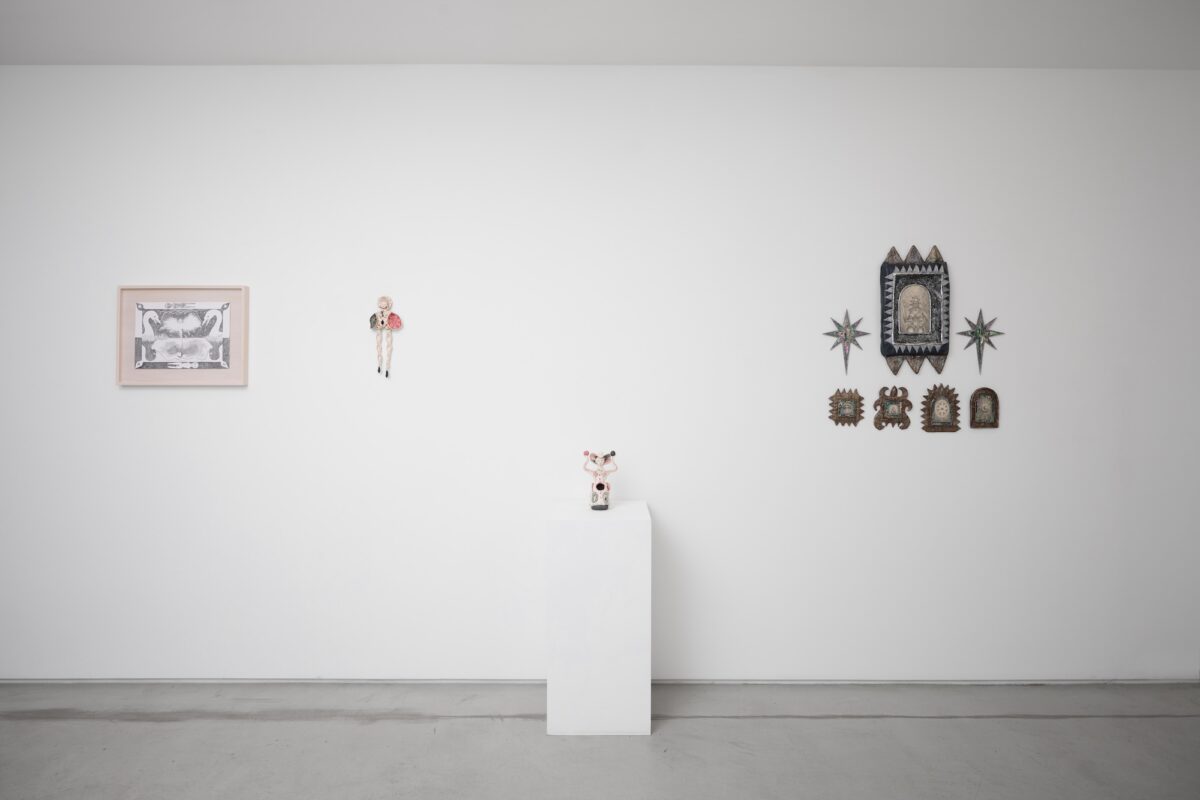
Exploring female power in the everyday, the exhibition celebrates feminine divinity, embodied in the joy of the flesh, the expression of the wild spirit, and the interconnectedness of all life. It also questions the disconnect from our own bodies, and by extension, from our infinite and eternal souls, our relationships with one another, and the land we inhabit.
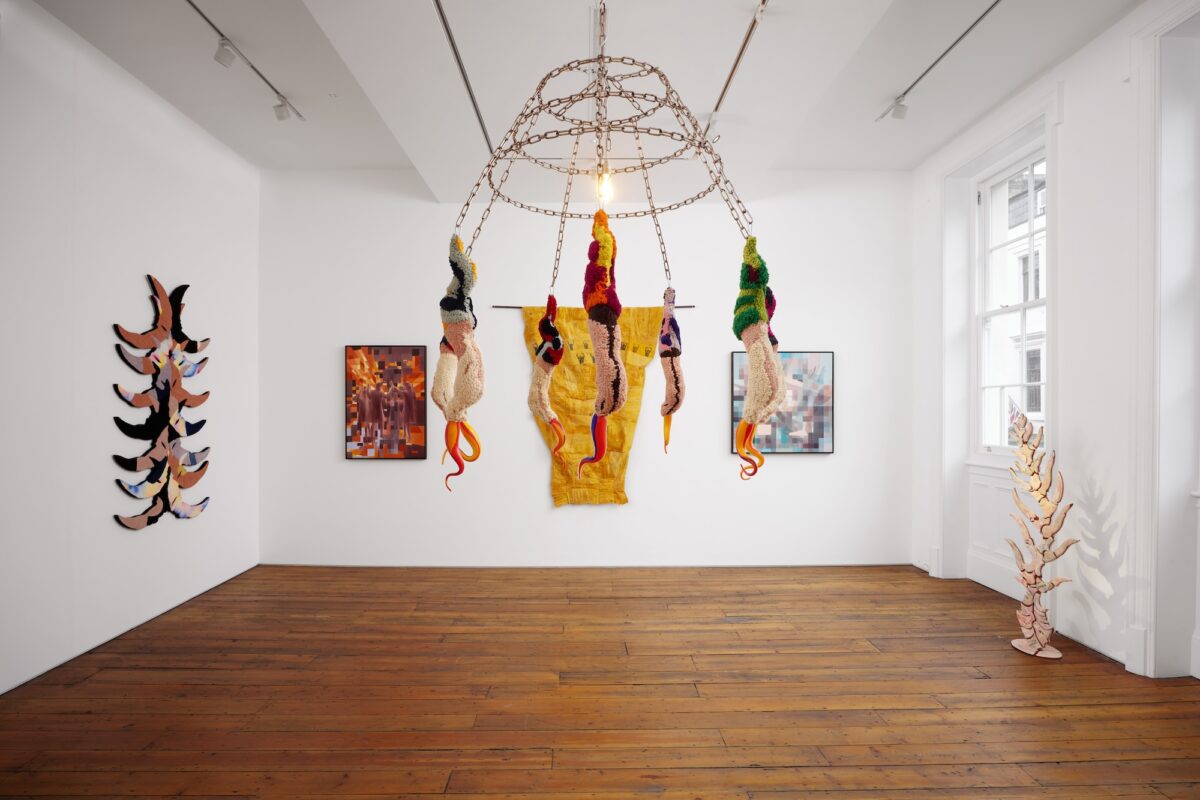
By reimagining mythological tales and folkloric rituals, the artists reclaim agency for themselves and for those historically marginalised, demonised, and erased from dominant narratives. In embracing La Mariposa, they transform her into a symbol of resistance, renewal, and imagined futures.
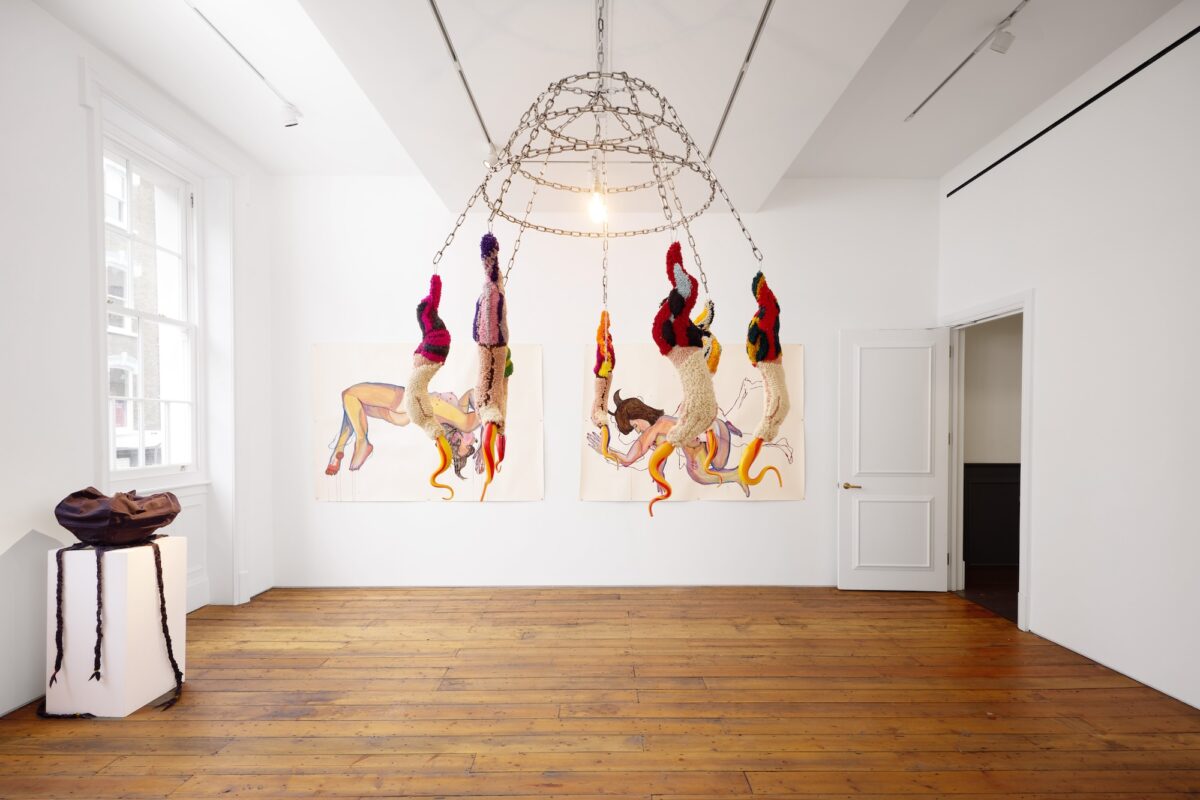
About the artists
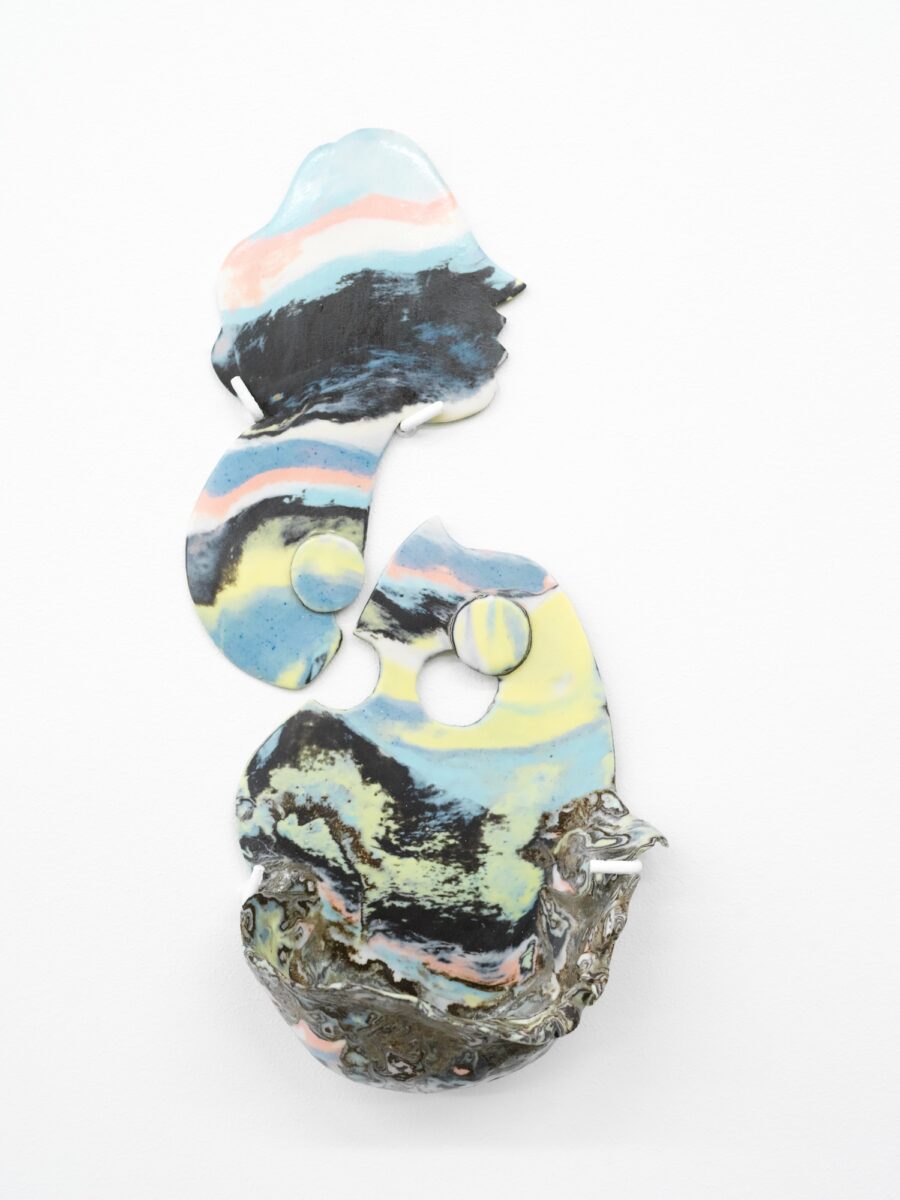
Bea Bonafini’s practice delves into the intersection of humanity with other forms of existence, through painting, tapestry, ceramics, and drawing. Her interest lies in the cyclical nature of materials and symbols, the revival of cross-cultural mythologies, and their contemporary and personal reconfigurations, as well as the emotional landscape of colour.
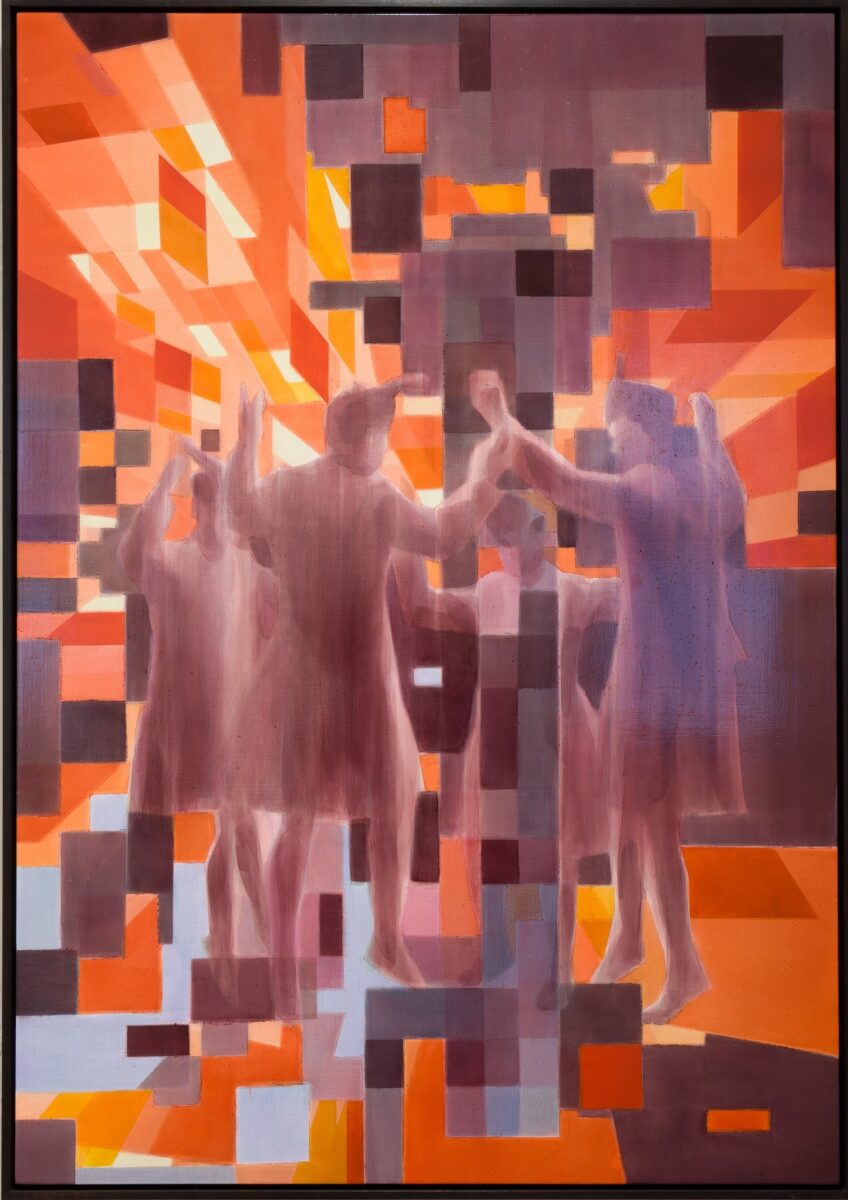
Adam Dix’ paintings are composed of subtle, densely layered oil glazes, nostalgic imagery and
well-handed colour, bringing together a world depicting community and ritual, whilst traversing
the landscape of analogue and digital media.
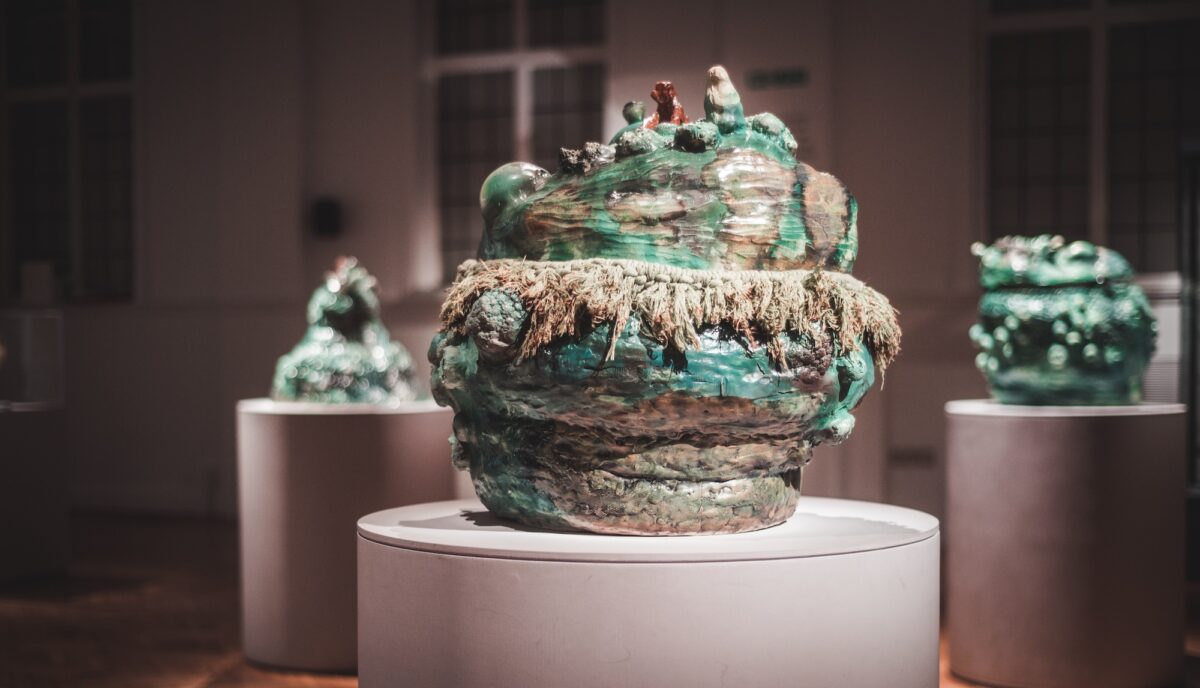
Serena Kordahas reviews historic narratives through a feminist lens, reworking them to create her own idiosyncratic mythology. Her sculptures predominantly adopt the notoriously unforgiving medium of clay, embracing its potential technical imperfections along with its decorative and domestic heritage.
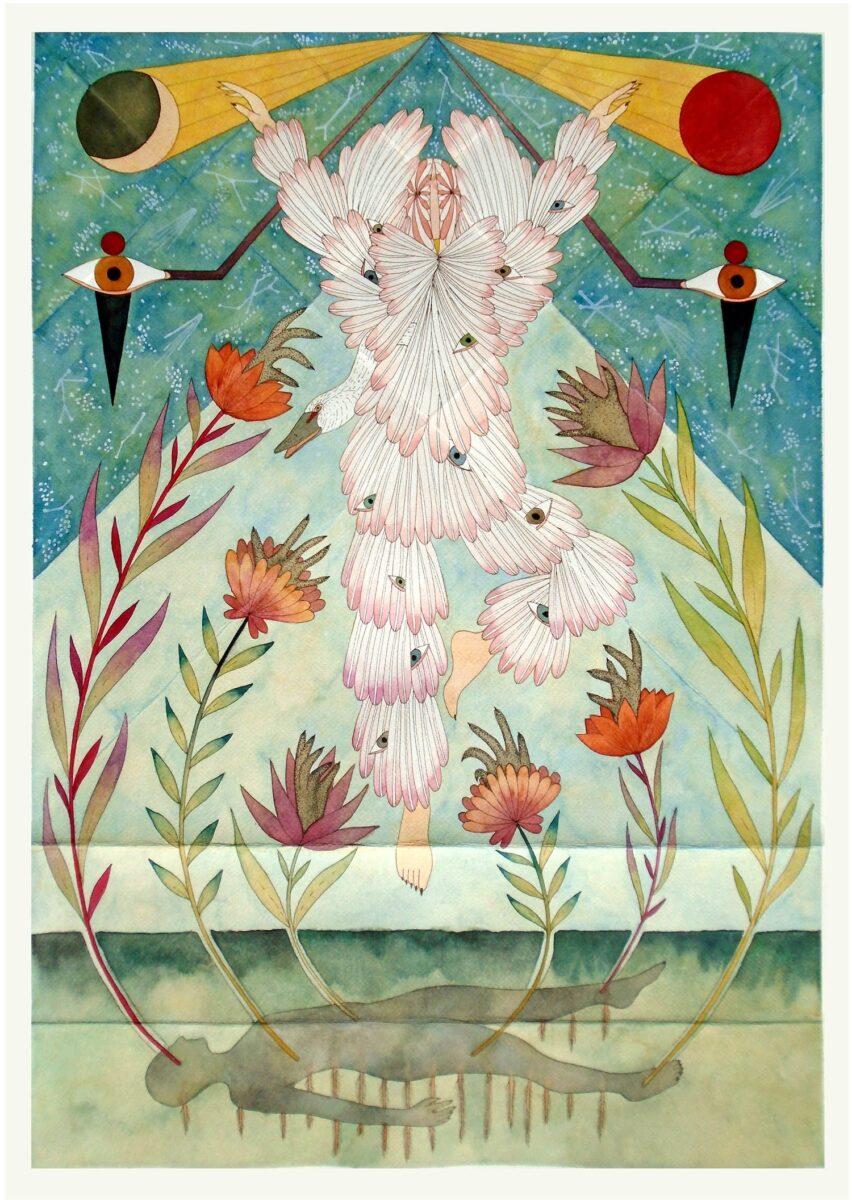
Rithika Merchant’s work explores both comparative mythology as well as science and speculative fiction, featuring creatures and symbolism that are part of her personal visual vocabulary. Nature plays a pivotal role in her work and is emphasised by the use of organic shapes and non-saturated colours.
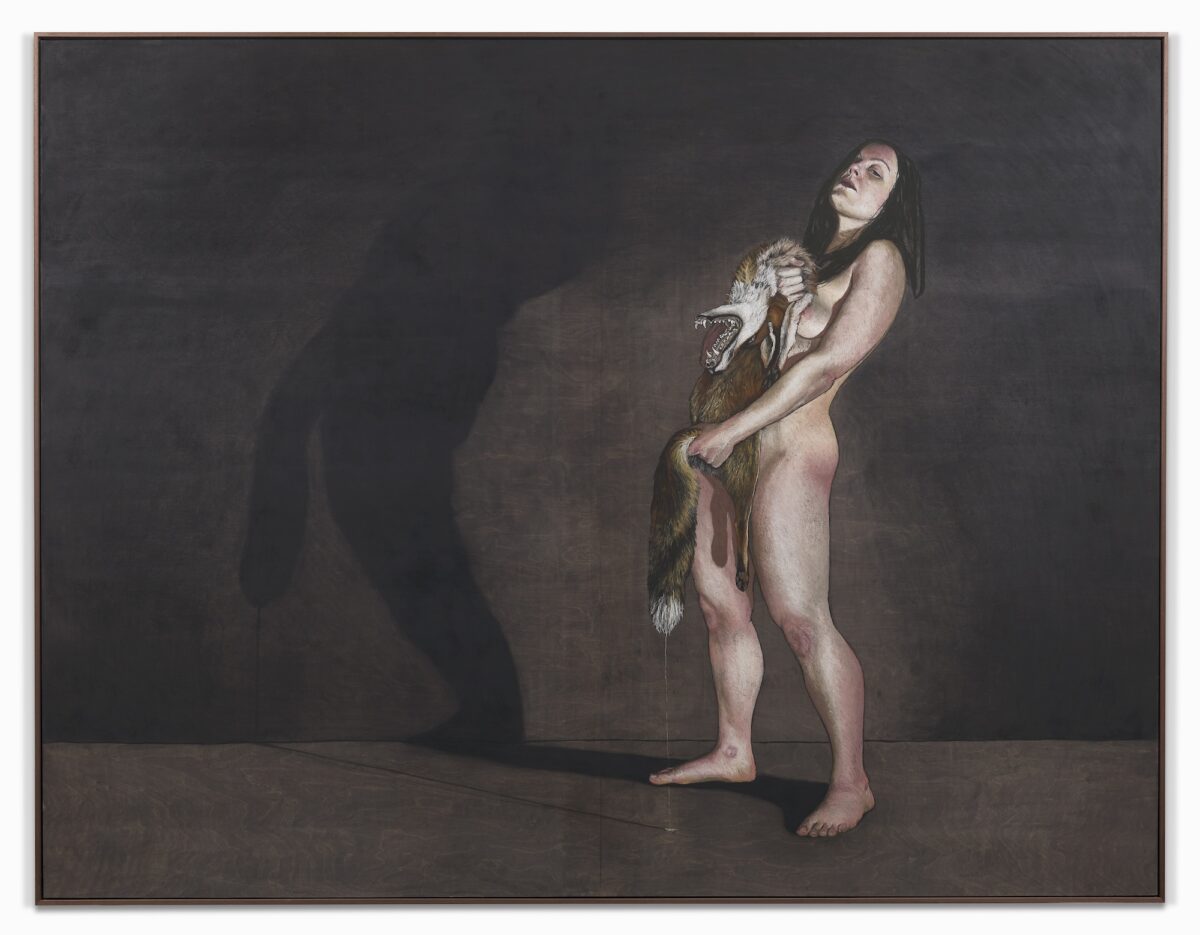
Claire Morgan’s practice has been focussed on how we humans understand and interact with the rest of the natural world, and our unwillingness to acknowledge our absolute lack of autonomy or control. Environmental concerns have always been reflected in Morgan’s work and over time her exploration has expanded into animality, sexuality, violence–both inflicted and received–and the patriarchal, colonial systems that have formed so much of the basis of contemporary life
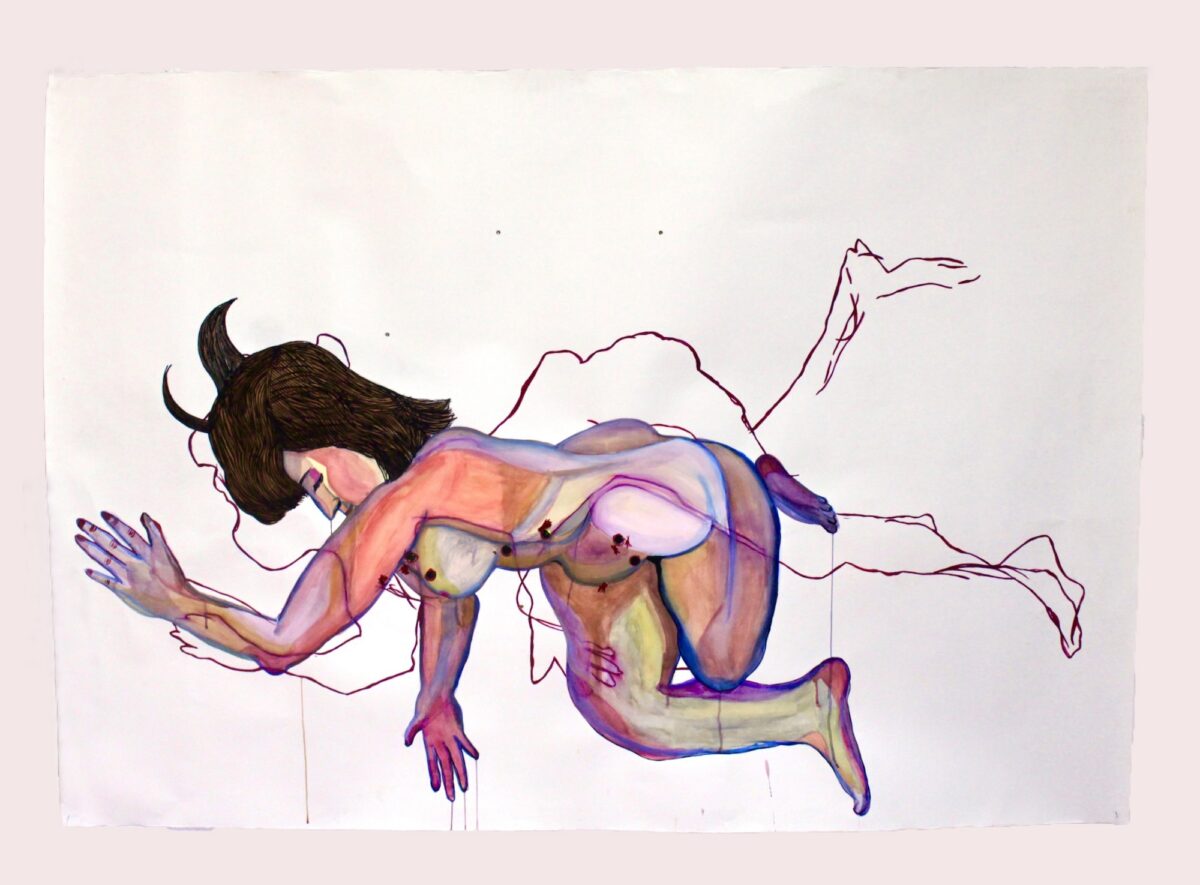
Anna Perach predominantly makes wearable sculpture and performance, working in a technique called tufting, making hand-made carpet textiles, which are then transformed into wearable sculptures. Through this medium, Perach examines how elements associated with the domestic sphere, such as textiles and carpet, operate as an extension of the self and reflect one’s heritage and gender role.
Candida Powell-Williams makes sculptures and performances to explore human kind’s propensity to animate the inanimate through storytelling, ritual, symbols and materials. Powell-Williams weaves together narratives from different eras, examining their shifting meanings and the connection between objects, action and belief through a female lens.
Zayn Qahtani works across drawing, painting and sculpture, Zayn’s body of work is a diligent effort at archiving a personal, synaesthetic archaeological practice. This becomes apparent in Zayn’s use of materiality: papers crafted from Bahraini date palm trees, bioplastics made from sugarcane, and pigments borne from plants, crystals, metals and earth.
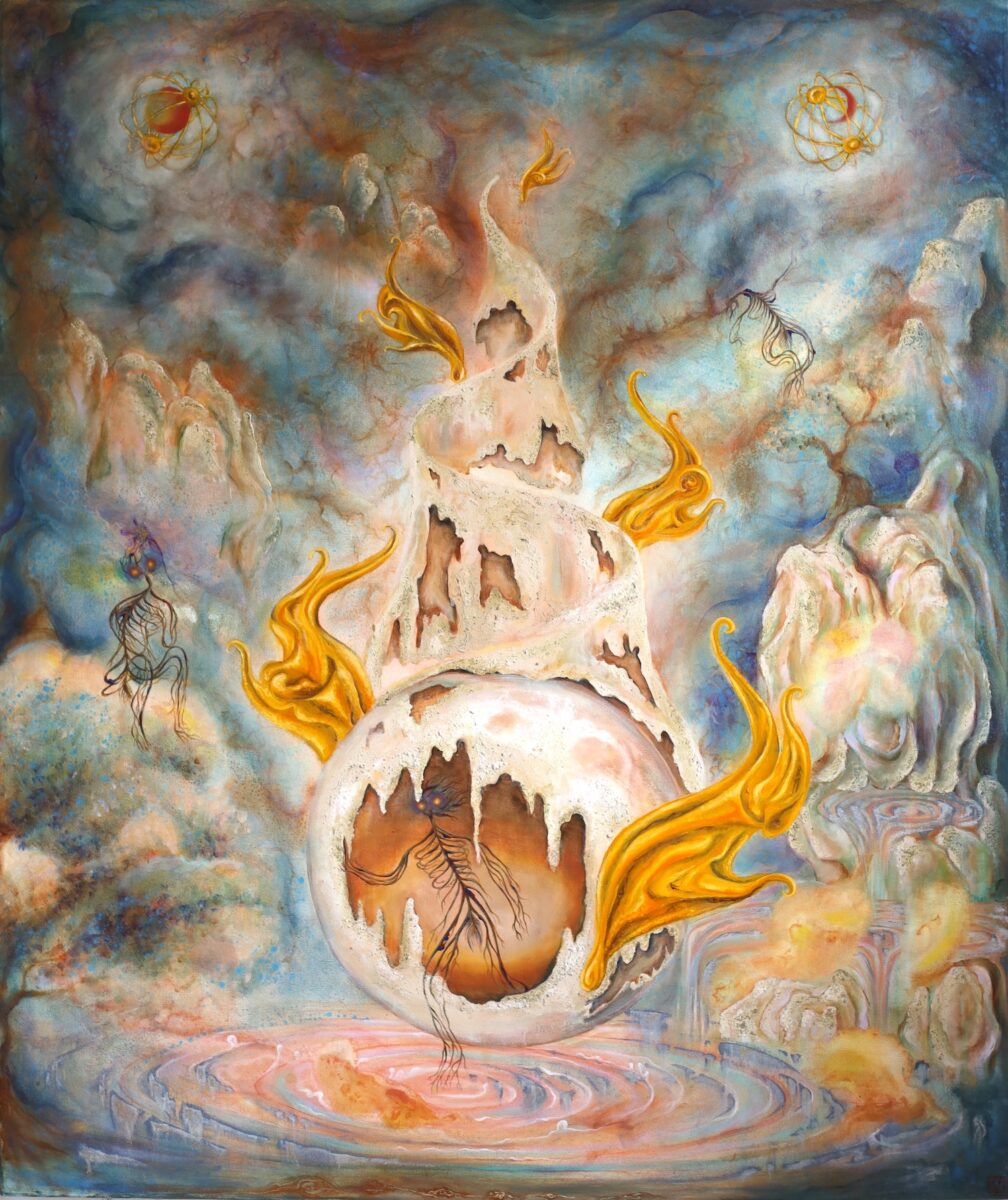
Qian Qiani is a visual artist, poet and mother ,exploring human spirituality and transcendence in the man-made technosphere and the wider natural world. Through paintings and interactive installations,she develops a narrative and aesthetic framework combining the two seemingly distinct spheres of mythology and science.
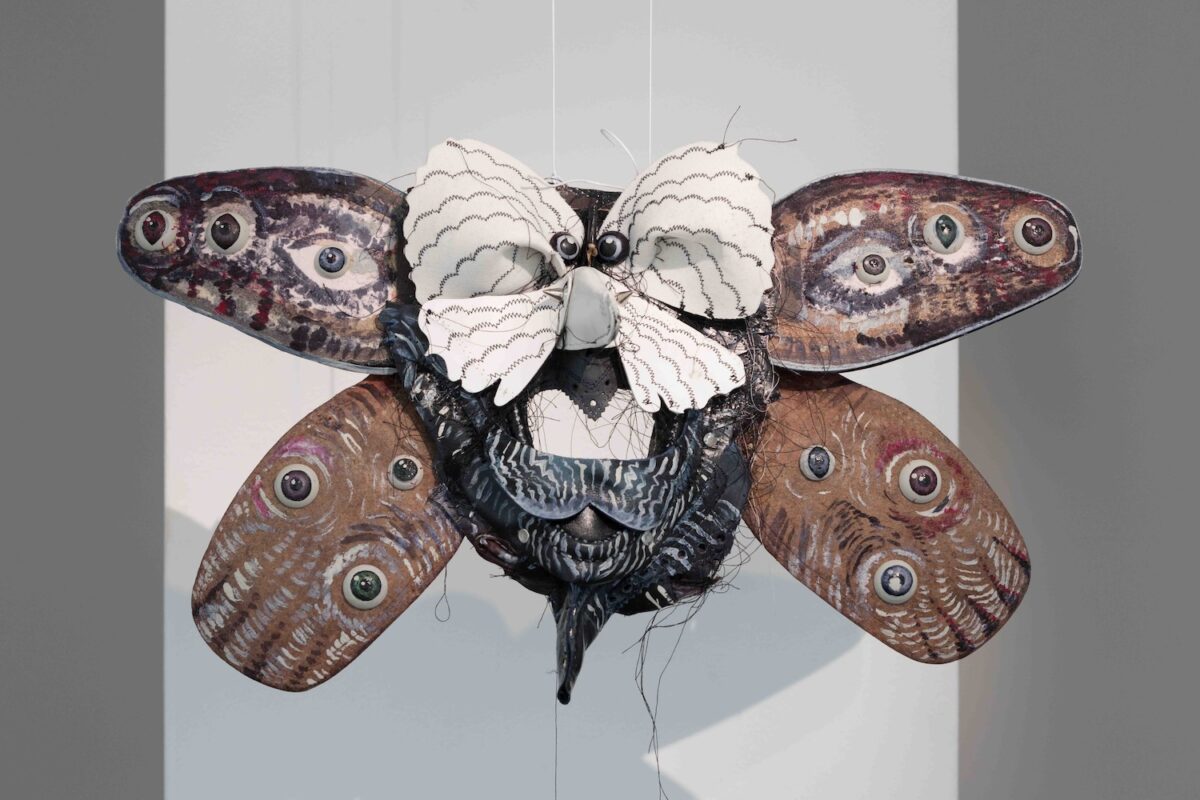
Jakob Rowlinson lives and works in London. He studied BA Fine Art at The Ruskin School of Art (Oxford University), and MA Sculpture at the Royal College of Art (London). He works across leather masks, embroidery, and jacquard tapestries, weaving alternative histories steeped in queer culture, mythology and medieval iconography.
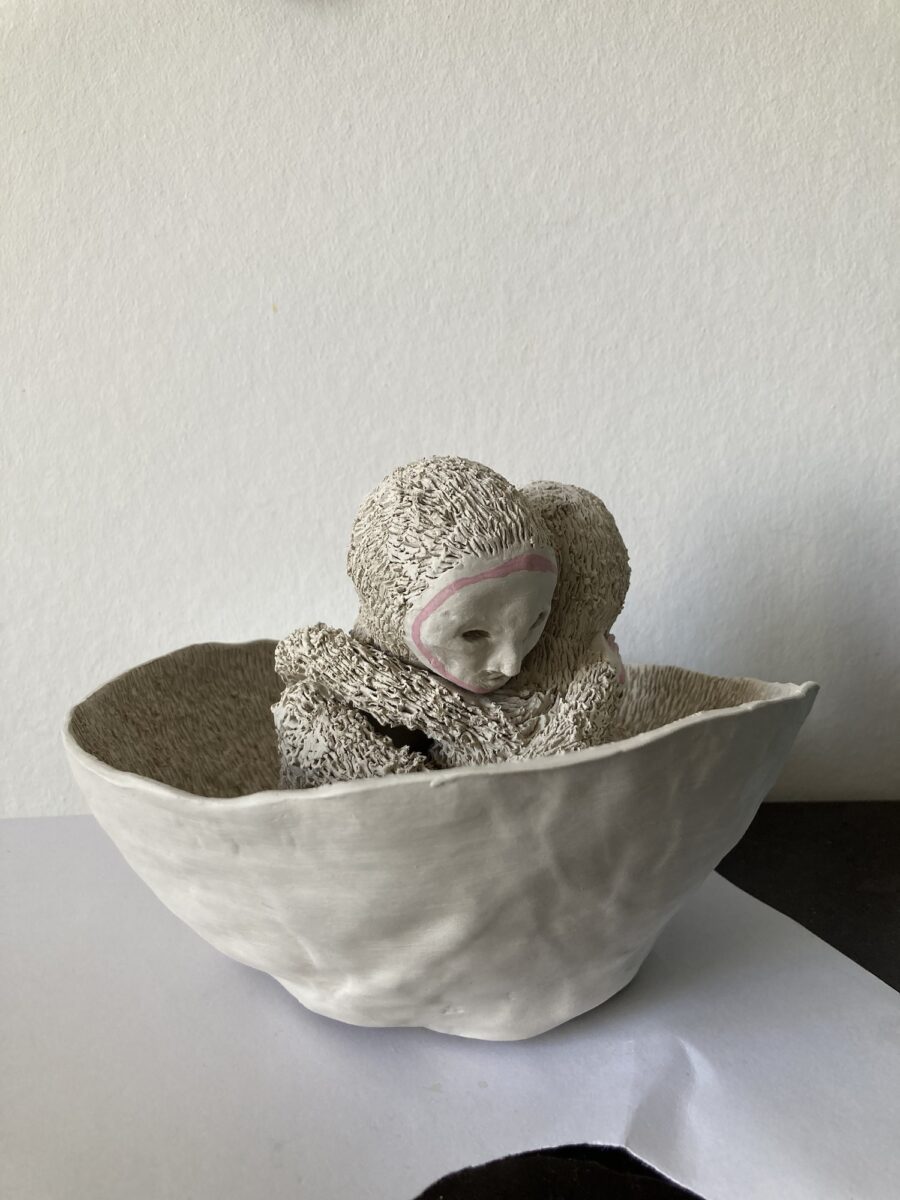
Nooka Shepherd is a multi-media artist based in the West Country. Their practice revolves around the exploration of internal landscapes and their works in paint, sculpture and embroidery aim to communicate a deeply personal and intimate relationship to the natural world. Finding inspiration in regional folklore and mythology, Nooka processes their understanding of the animated natural world through experimentation with symmetry and mark making.
Maddalena Zadra’s practice encompasses painting, drawing, printmaking, and textile-based installations. She is particularly drawn to the tactile qualities of her work, employing a process that manipulates the canvas on multiple levels. By referencing a rich tapestry of cultures and historical aesthetics, she delves into symbolic meanings and storytelling within her practice, crafting multi-layered, open-ended narratives.
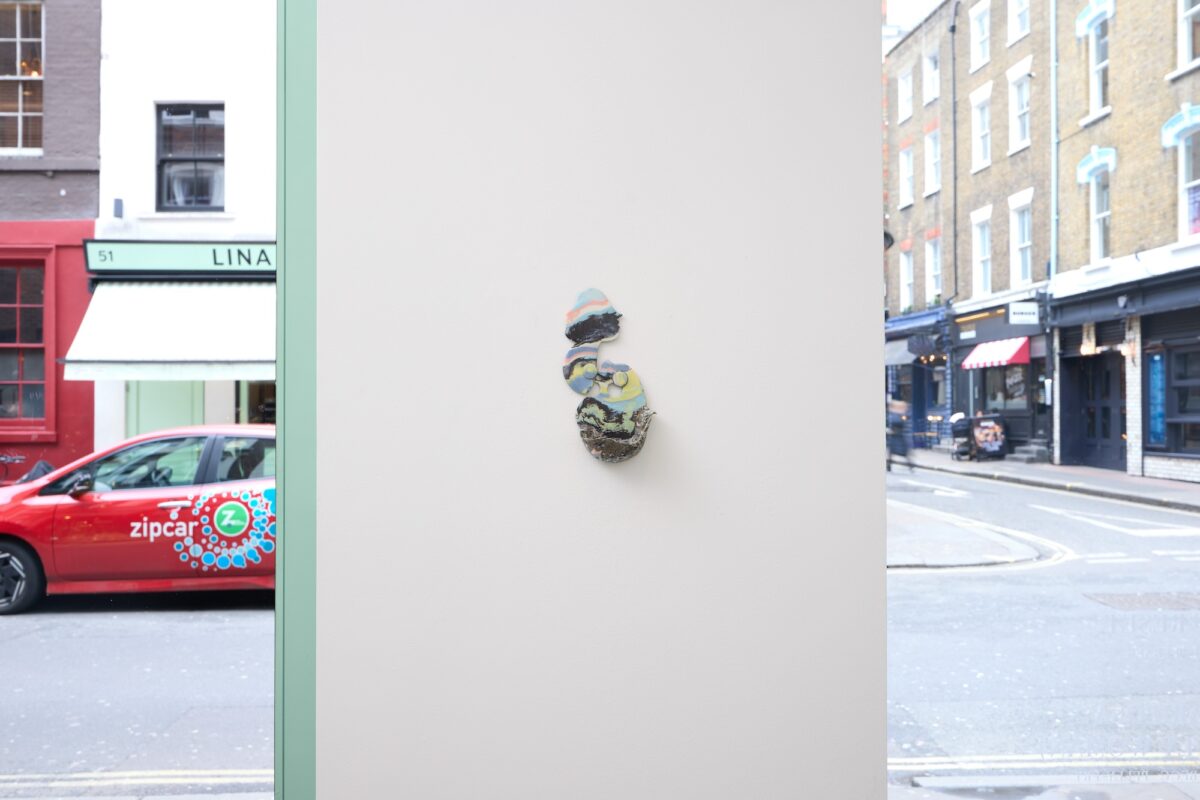
La Mariposa (Butterfly Woman), 13th February to 15th March 2025, Soho Revue
About the curator
Becca Pelly-Fry is an independent curator, facilitator and cultural consultant based in Folkestone, working collaboratively with a wide range of artists and arts organisations across the UK. She is also a Master Level Reiki practitioner and a passionate advocate of holistic practices for individual and collective well-being. Underpinning all of her work, within the cultural sector and elsewhere, is a commitment to collective care, compassion and social justice.
Pelly-Fry’s curatorial interests span spirituality, magic, and esotericism, crossing over with explorations of the natural world, human and non-human relationships, intersectional and eco-feminisms, the divine feminine and healing practices. Her exhibitions are often multi-sensory experiences that offer opportunities for people to connect and come home to themselves, each other, and the Earth we all share.

